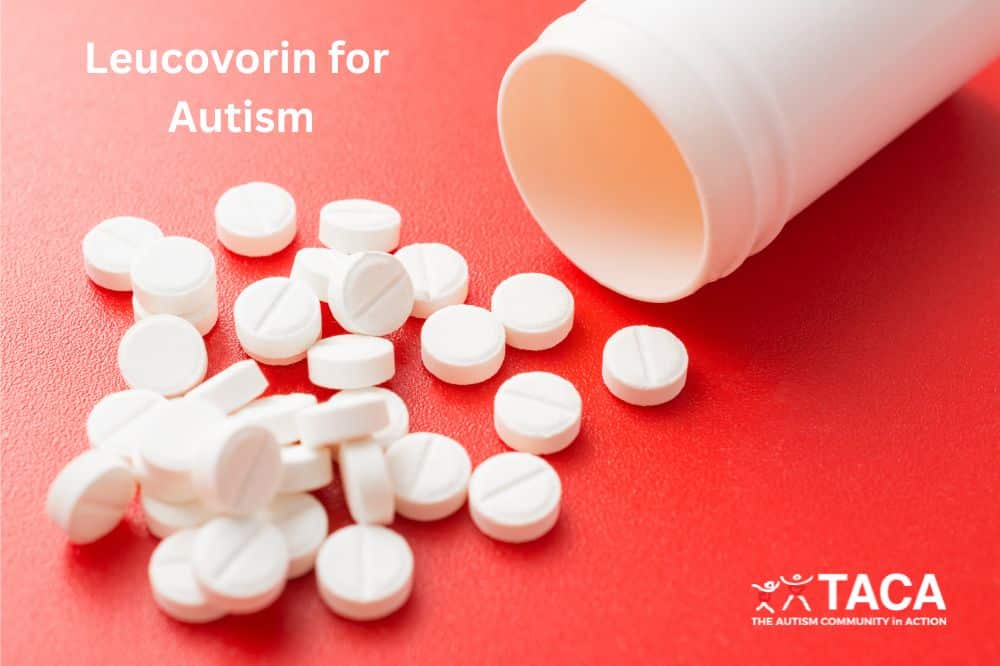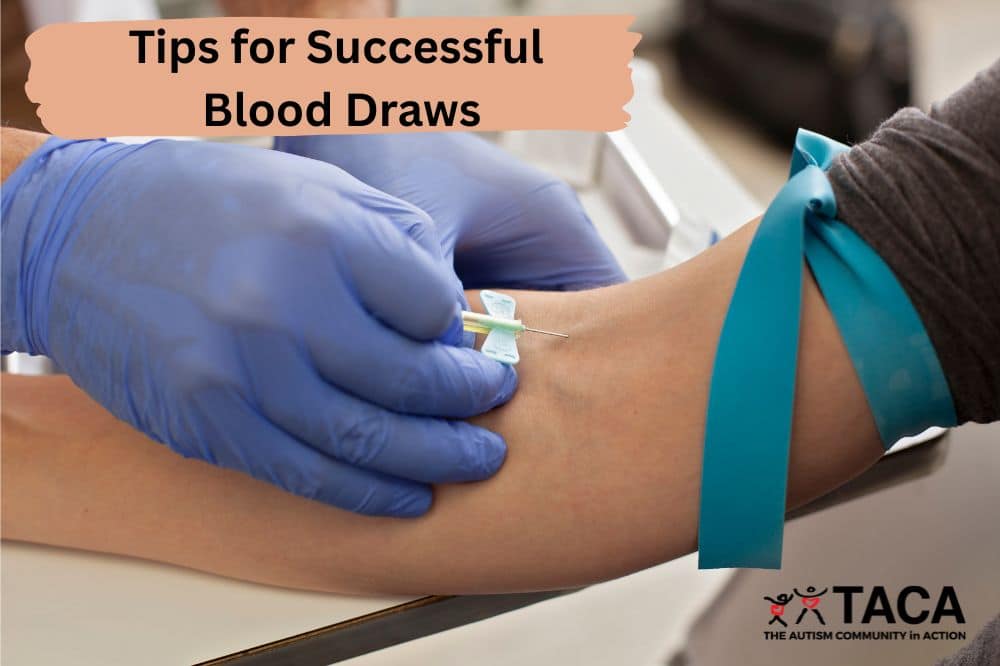Keeping Your Kids with ASD Safe
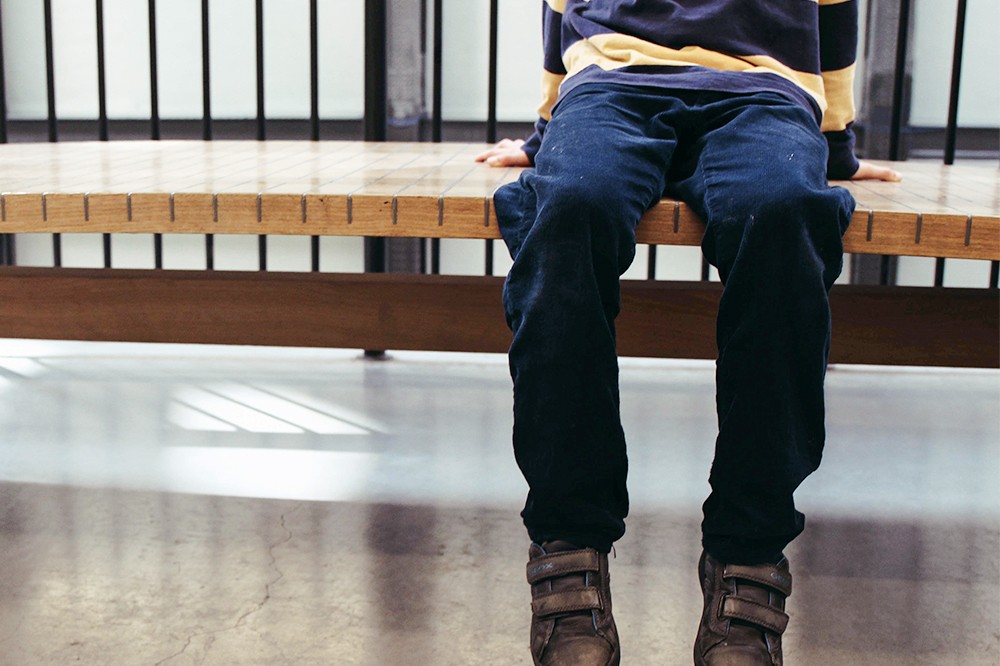
All contents of this resource were created for informational purposes only and are not intended to be a substitute for professional advice, diagnosis, or treatment. Always seek the advice of your physician, therapist, or other qualified health providers with any questions or concerns you may have.
Safety is a top priority to all parents. Having autism brings unique challenges to keeping our children safe and protected. The following information provides a summary of key considerations concerning elopement, water safety and drowning, pica and household toxins, interactions with first responders, and internet safety.
Wandering/Elopement and Autism

Elopement (or wandering) is when a person leaves a safe and supervised area, placing themselves in harm’s way. Eloping can be unpredictable and may happen in any setting and at any time. A study conducted by the Interactive Autism Network found that 49% of children with autism had eloped from a safe environment. Elopement is a serious concern for parents of children with autism.
Possible Reasons People with Autism Elope
- Escape from an overstimulating environment
- Escape from a stressful situation
- Transitions between activities
- Being out of routine
- Enjoys running and exploring
- Attempting to go to a preferred place
Common Places for Elopement
- Home
- Occurs even when under constant supervision
- Public Places
- Grocery stores, retail stores, churches, or other crowded spaces
- School
- Particularly during transition times between classes or activities
- Large friend or family gatherings
- Especially if held outdoors
Be Prepared an the Event of Elopement
- Use locks and alarms on doors and windows in your home
- Plan ahead for situations where your child may be more likely to elope
- Improve upon communication skills so that your child may effectively convey their wants and needs
- Inform your neighbors
- Contact your neighbors to explain elopement and what to do if they see your child by themselves
- Give your neighbors a card with your child’s picture, your contact info, and your request of how to respond
- Register your child with your local law enforcement agency
- Take Me Home is a program developed for police departments to maintain a voluntary database of individuals who need assistance if found alone
- This program is free to law enforcement agencies
- Take Me Home is a program developed for police departments to maintain a voluntary database of individuals who need assistance if found alone
- Have an emergency kit on hand
- Current photo of your child
- Current description (height, weight, hair color, etc.)
- Special needs
- Method of communication
- Medications and allergies
- Family contact information
- Wear an ID bracelet
- ID bracelets provide pertinent information such as disability and contact information in the event your child is found by someone
- Use a tracking device
- There are multiple companies that offer GPS tracking bracelets/anklets
- Project LifeSaver works with local municipalities to provide training and tracking devices
- If they are not active in your area, contact your law enforcement office about starting a local program
- Create a checklist or map of all sources of water near your house
- People with autism are often drawn to water resulting in accidental drownings
- Use Google Maps satellite view to identify pools, ponds, creeks, lakes, and rivers nearby.
Additional Resources on Elopement:
- Autism Speaks: Autism Safety Project
- National Autism Association: First Responder Toolkit
- National Autism Association: Big Red Safety Box
- AWAARE Collaboration
- HealthyChildren.org: Keep Kids with Autism Safe from Wandering: Tips from the AAP
- Autism Society: Safe and Sound
Water Safety and Autism
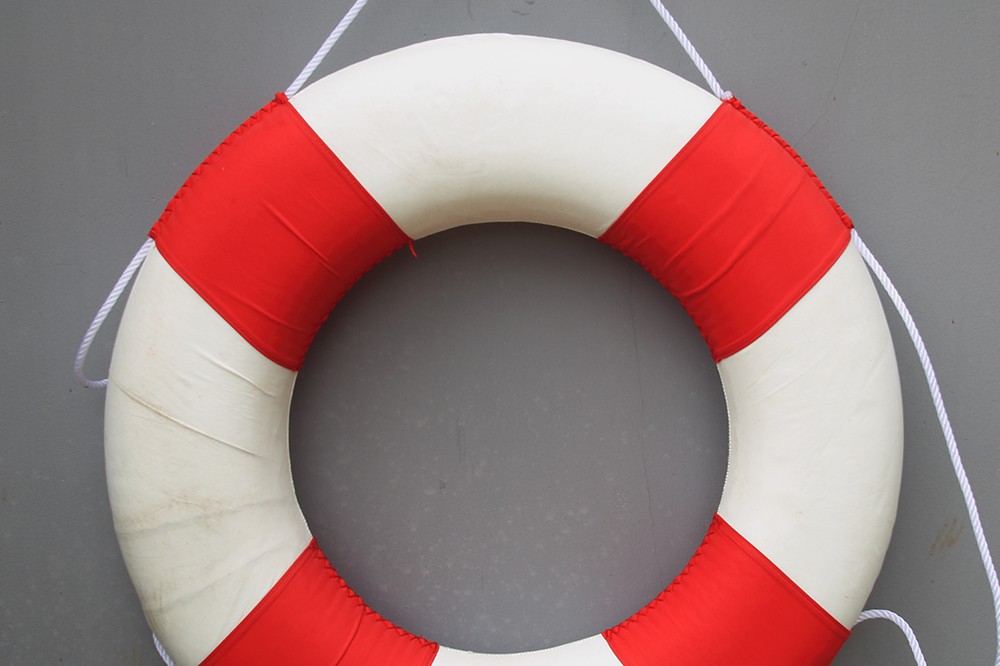
Drowning is the primary cause of accidental death in children with autism. Over 70% of deaths during elopement were due to drowning. Here are some ideas to prevent drowning deaths:
- Teach water safety at a young age (this is different from swim lessons)
- Take swimming lessons
- Take precautions around water
- Wear a life jacket – even if you are not planning on swimming
- Keep your child within reach
- Use pool alarms and safety fencing for backyard pools
- Take steps to prevent wandering and elopement (see above)
Additional Water Safety Resources:
- TACA’s article about Water Safety
- Autism Speaks: Autism Safety Project
- PoolSafely.gov Kids Corner: has a song and interactive games for children to learn pool safety
Pica and Household Toxins
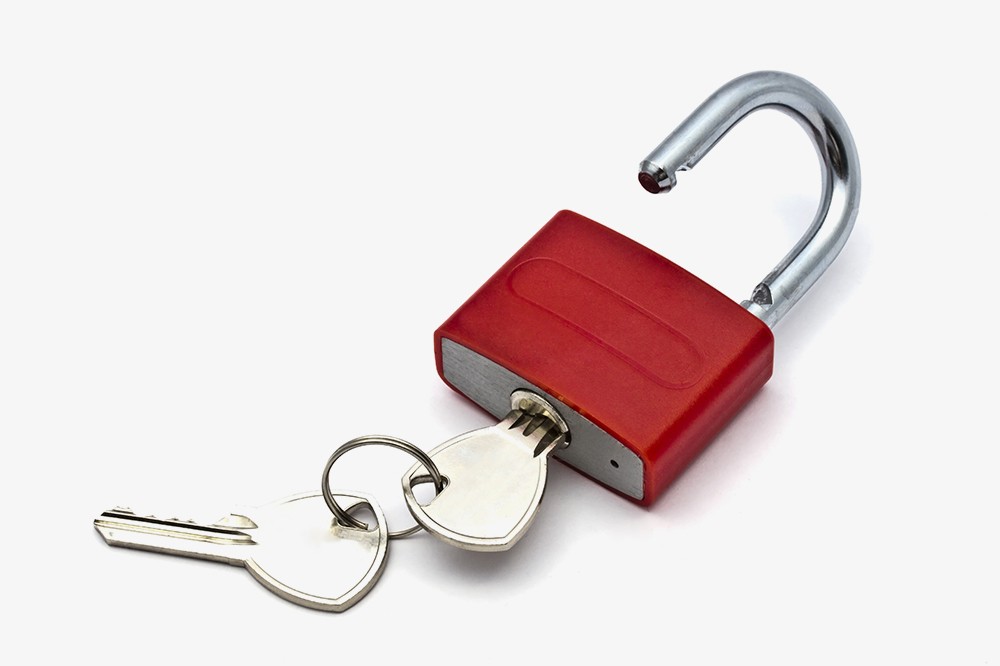
Ingesting non-food items, a behavior known as pica, is seen in nearly 25% of children with autism. It can lead to serious medical issues or even be life threatening. Strategies for addressing Pica include medical interventions and household safety measures such as:
- Treat underlying medical issues causing pica
- Switch to non-toxic cleaning supplies
- Keep cleaning supplies in a locked cabinet
- Place medications in a cabinet with a safety latch or in a lock box
- Keep medicines in their original containers so you know what your child ingested
- Do not use poisonous insect or vermin sprays/powders/pellets inside or near your home
- Keep alcoholic beverages where children cannot accidentally drink them
- Keep toxic household items in a locked cabinet. Examples include:
- Car supplies: antifreeze, motor oil, windshield washer fluid
- Gardening supplies: fertilizer, weed killer, bug repellent
- Cosmetic supplies: perfume, nail polish, polish remover, hair dye
- When in doubt, call Poison Control at 1-800-222-1222
Interactions with First Responders
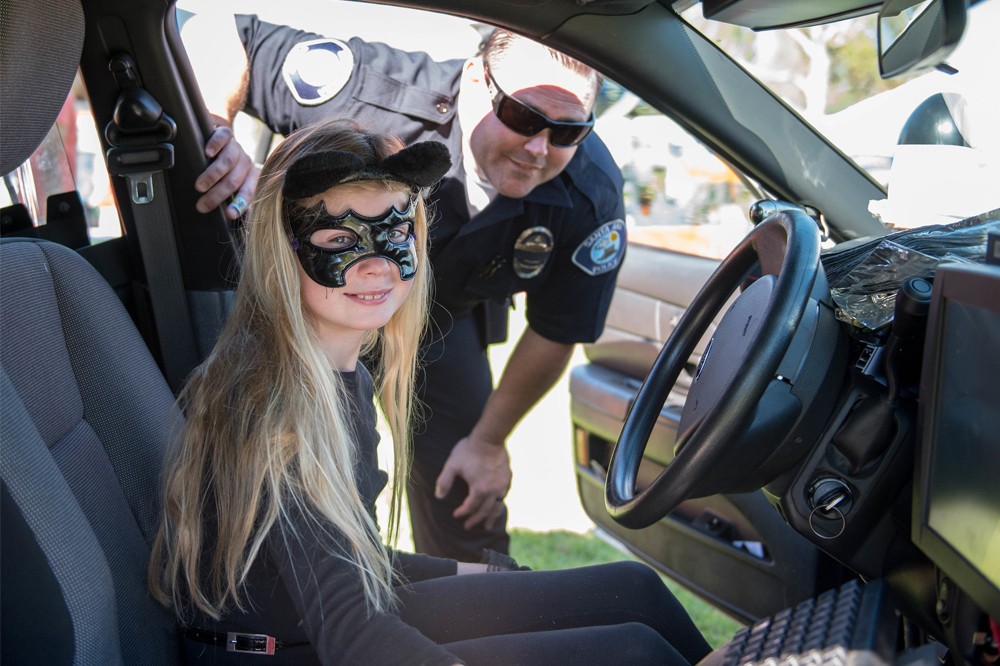
People with disabilities are more likely to be arrested by law enforcement officers than their non-disabled peers. Anecdotally, this unfortunate situation may be caused by insufficient disability-specific training of law enforcement officers and further exacerbated by autistic behaviors which can mimic the profile of a person with suspicious behavior, such as stimming, poor eye contact and difficulty with language. Individuals with autism may attempt to flee, not respond, or even become aggressive toward first responders who are trying to help them.
Efforts to increase first responder training for individuals with autism have improved, but communities still need to actively work together to keep trainings current. Consider petitioning your local city council to approve budget funding for autism specific training in your community.
Parents should be proactive in teaching their children how to positively interact with first responders. Some recommended next steps include:
- Teach your child to identify first responders
- Be friendly with first responders in the community as a way to show your children to not be scared
- Attend community events where your child can meet first responders and have positive interactions
- Register your child with local law enforcement agencies
- Obtain wearable ID that allows first responders to easily identify a person with autism
- Place stickers in your child’s bedroom window or on their car seat, identifying special needs
- Coordinate first responder training sessions in your area
Additional Resources for Interactions with First Responders:
Internet Safety and Autism

The internet, gaming, and social media open doors to knowledge, entertainment, and relationships. However, this form of connectedness doesn’t come without risks: inappropriate content, cyberbullying, and exploitation.
Monitoring online activity and teaching internet safety are ongoing responsibilities for modern parents. Recommended parental actions include:
- Set ground rules for using internet-enabled devices
- Maintain open communication about your child’s online activity
- Discuss inappropriate content, cyberbullying, sexting, and exploitation in a developmentally appropriate manner
- Remind your child that they are not in trouble for reporting inappropriate content or online interactions
- Allow usage of internet-enabled devices only in high traffic areas of your home
- Utilize privacy settings and parental controls
- Turn on “SafeSearch” in Google
- Purchase additional monitoring software or apps for your devices
- Regularly check your browser search history
- Know the social media platforms your child is using
- “Follow” your child on their social media accounts to monitor activity
- Keep a list of your child’s user names and passwords
- Check user names and passwords often
- Teach online safety such as never sharing personal information, your picture, chatting with strangers, etc.
Additional Internet Safety Resources:
- National Center for Missing and Exploited Children: NetSmartz offers parent, educator, and child training about online safety. Includes developmentally appropriate videos, handouts, and activities for all ages.
- ConsumerNotice.org: Internet Safety for Kids
- National Crime Prevention Council: Cyberbullying
- Pathfinders for Autism: Internet Safety



